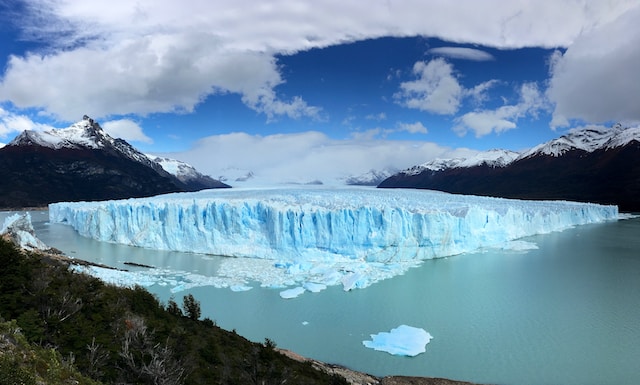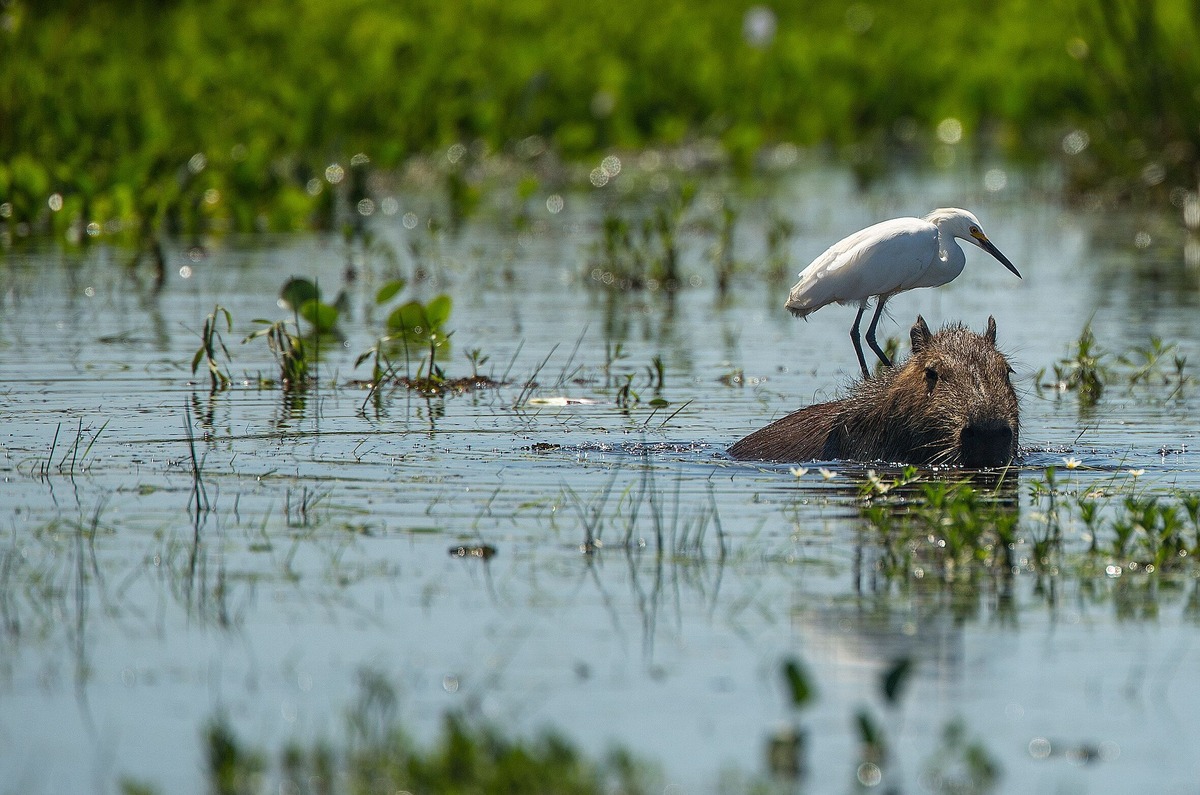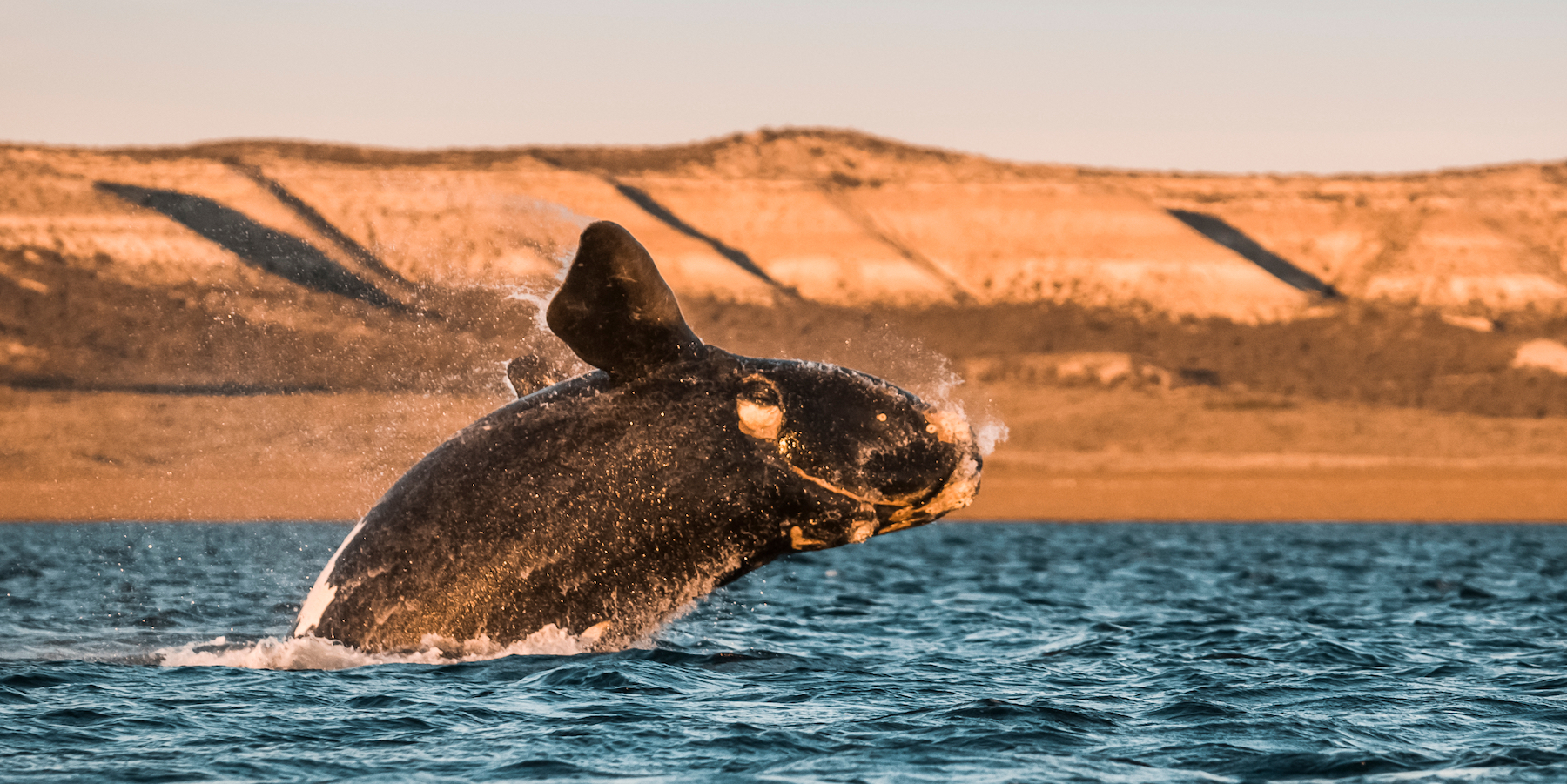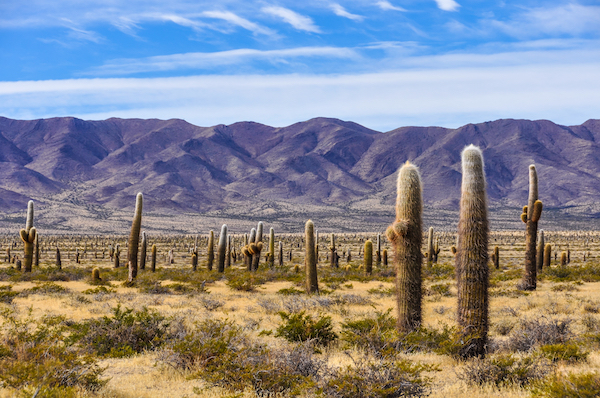Buenos Aires
In Buenos Aires, Argentina's cosmopolitan capital, you'll find graceful plazas, tango shows, melancholic melodies, historic buildings reflecting European grandeur, trendy bars, nightlife every night of the week, steak dinners, an emerging art scene and a Latin flair.
There is so much to do and see that you could spend weeks in "the Paris of South America" but to catch the highlights, we recommend at least 3 days in this exciting city.
Las Cataratas de Iguazú
The spectacular Iguazu Falls are located within the Iguazu Falls National Park on the Northern border of the Province of Misiones. This series of 275 waterfalls is at the heart of the Paranaense Rainforest, where the Argentine, Brazil and Paraguay borders meet, and where the cities of Puerto Iguazu (Argentina), Foz do Iguaçu (Brazil) and Ciudad del Este (Paraguay) face each other.
We recommend at least 2 nights in Puerto Iguazu so you can visit both sides of the falls. They are very different and both are jaw-dropping.
Parque Nacional Los Glaciares
Perito Moreno is one of the highlights of Argentina. This vast glacier is located in the Parque Nacional Las Glaciares, close to the town of El Calafate. Whether you watch its huge ice blocks collapsing into the lake from the viewing platform or take a hiking tour on the glacier itself finishing at the only bar in the world where the ice is older than the whiskey, the glacier's scale and shades of white and blue will leave you speechless.
We recommend at least 2-3 nights in El Calafate, the gateway to the National Park.
Mendoza
Mendoza is famous for its Malbec wine and vineyards in a spectacular setting, but there is so much more to enjoy. From white water rafting, fly fishing for trout, horseback riding in the Andes at sunrise, biking through the vineyards, to climbing Mt. Aconcagua, the highest peak in South America, there are plenty of ways to experience this region. We recommend at least 3 nights in Mendoza.
Salta "La Linda"
Set at the foothills of the Andes mountain range, Salta is at an elevation of 1,152m. The city's architecture is spectacular and you can see the influences from bordering Bolivia, Paraguay and Chile. While it's worth spending at least one or two nights in Salta, build in time for the surrounding area. Take a day tour to El Cafayate and marvel at the unique mountain formations and desert colours on the way, or an overnight tour to Cachi in the Calchaquí Valley, known for its adobe houses and white colonial buildings, surrounded by snow-capped mountains.
Peninsula de Valdes
The Peninsula de Valdes, a nature reserve in Northern Patagonia, is best known for whales, sea lions and elephant seals. Probably the largest draw are the Southern Right Whales (Ballena Austral) that come to take shelter in the natural bays of the peninsula between June and November. We recommend spending at least two to three nights in Puerto Madryn, the gateway to the peninsula.
Bariloche and the Lake District
San Carlos de Bariloche, simply known as Bariloche, is situated in the foothills of the Andes and is Argentina's most popular destination for skiing and hiking. Its ever-present views of the glacial lake Nahuel Huapi are spectacular, but the area is also a foodie hub, well known for its traditional asados (BBQs), choloatiers and micro breweries.
Ushuaia
Ushuaia is the capital of the Tierra del Fuego area in the southernmost tip of South America, often nicknamed the “End of the World.” Nestled between snow-capped Andean mountains and the shores of the Beagle Channel, it is an adventure hub where guests can visit national parks, kayak and hike, crab fish, visit penguins or explore old shipwrecks. In the winter, you'll find the world's southernmost ski resort, Cerro Castor.









